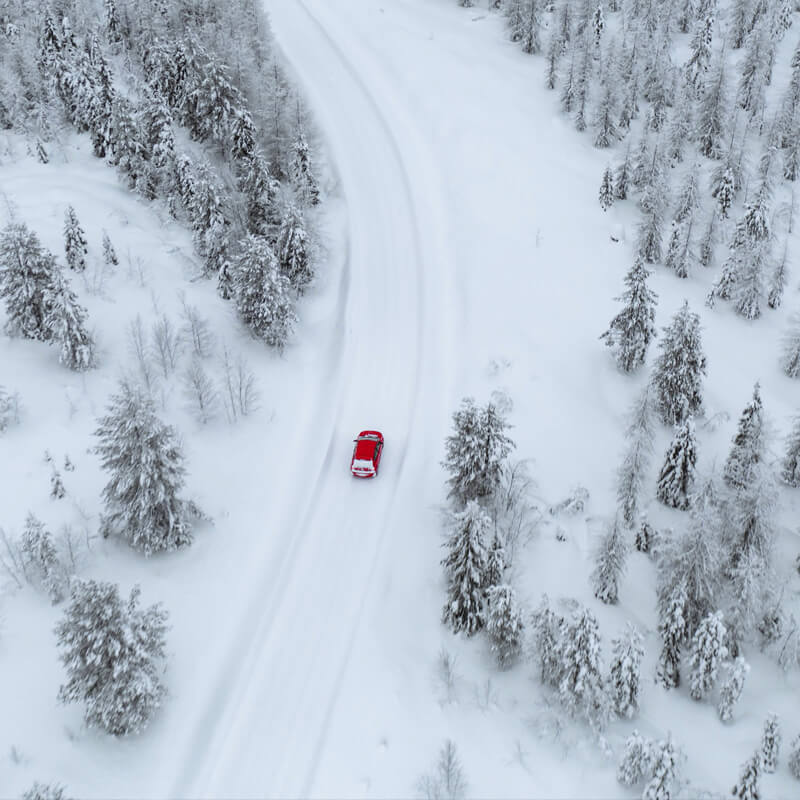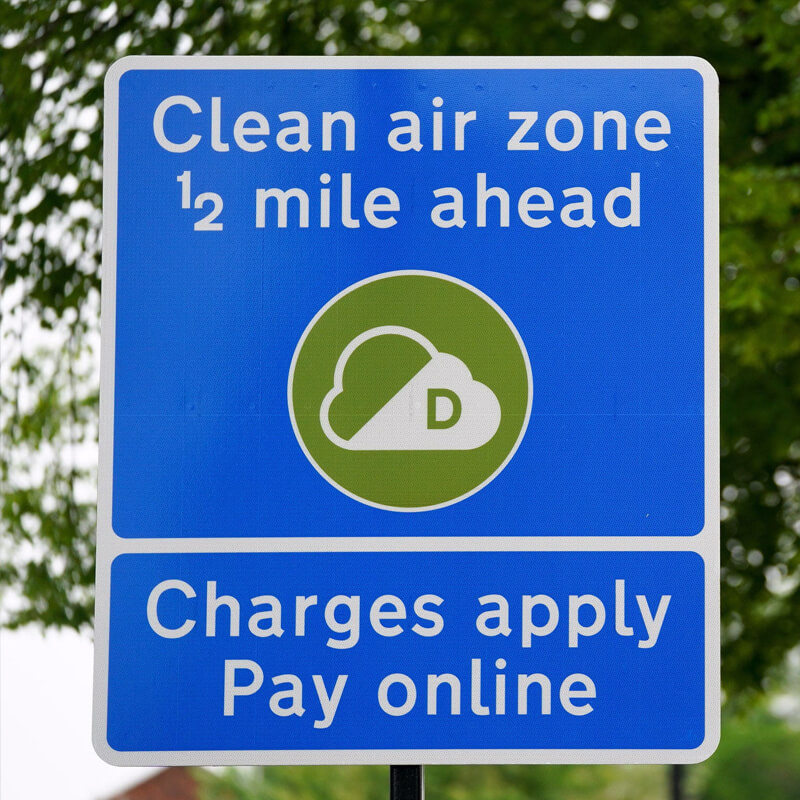Planning to use your own car in your Practical Driving Test?

Not everyone has the option to take their Driving Test in an instructor’s car.
It might be that you learned to drive with a friend or family member, or your instructor’s car isn’t available on your test day. Whatever the reason is, you can legally take your test in a car that doesn’t belong to an Approved Driving Instructor, if it meets the requirements.
If you do plan to use your own, or a friend’s or family member’s car, then knowing the below is incredibly important if you want your test to go ahead.
Please note that if your car doesn’t meet these rules your test will be cancelled and you will have to rebook another test. The examiner has full rights to terminate the test before you even begin if any of the following isn’t met.
Rules about the car:
- There must be no warning lights showing.
- There must be no tyre damage and meet the legal tread depth on each tyre – you must not have a space-saver spare tyre.
- Your car must be roadworthy; for example, have the right amount of engine oil, all lights must work, and all windows must be clean. See the full list on the Gov website.
- You must have an extra interior rear-view mirror for the examiner.
- The vehicle must be fitted with a passenger seatbelt and a passenger head restraint for the examiner (slip-on types are not allowed).
- The car must be able to reach at least 62mph and have an mph speedometer.
- You must have L-plates (or ‘D’ plates in Wales) on the front and rear of the car.
- You must have 4 wheels and they must meet the maximum authorised mass limit (MAM).
Rules about Tax and Insurance:
- The car must be taxed.
- Have a current MOT (if it is over three years old).
- Be insured for a driving test (check with your insurance company).
Car etiquette:
You should go to your test with a clean and tidy car. This includes removing any rubbish or unnecessary items from the dashboard, footwells, door pockets, cup holders and seats.
If your car is untidy, of course, this won’t fail you, but getting a good first impression with your examiner is always helpful. Set a good example for yourself and show that you are well-prepared and ready for the test.
Your car must be smoke-free meaning you cannot smoke in it right before the test or during the test.
Vehicle features:
You can use a car with both an electronic parking brake and a hill-start assist.
Cars you cannot use:
- BMW Mini convertible
- Ford KA convertible
- Smart Fortwo (2-door)
- Toyota iQ
- VW Beetle convertible
This is because some vehicles do not give examiners all-round vision. The DVSA always recommends checking if you can use your car if it is a convertible, panel van or a coupe.
For more information on using your own vehicle in your Practical Driving Test, click here!


